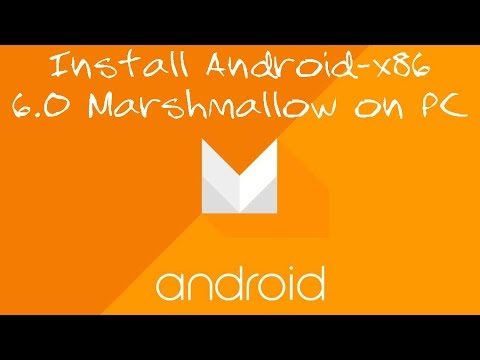

Once the setup starts, you will be greeted by the following screen, giving you several choices: That’s because the installer will make changes to some system files that normal users don’t have permission to edit. Remember that to successfully install Python, you need to have admin privileges on your Windows. Run the executable installer you just downloaded. Once done, run the setup file and move to the Installation part, below. Like most installers, this setup file is only about 30 MBs, so it won’t take much time to download. For this tutorial, we’re going to use Python 3.9.1 for 64-bit processors as an example. Otherwise, download the 32-bit or x86 executable. If you’re using a 64-bit architecture and 64-bit Windows, a 64-bit or x86-64 executable installer is what you need to download. Choosing the correct executable depends on your system. Click here to go to the download page for Python’s Windows releases.Īs you can see in the screenshot, there are two types of installers for every version, a 32-bit (x86) installer and a 64-bit (x86-64) one. Since Python is open source and free, you won’t have to pay any fees. The very first step is downloading the Python installer from the official website. Unless you’re aiming to develop code for some older devices or specific DevOps tasks, we recommend installing and using the Python 3 series. Python 3 has become increasingly popular over the last few years, however, and is now the industry standard. Among the most important is that the code used in configuration management in DevOps has an older syntax and needs the older interpreters to run it. While it may seem strange that an earlier version is still in use after years, there are reasons behind the ongoing existence of Python 2. Python is basically offered in two series of versions: the Python 2 series and the Python 3 series. Python is also vastly versatile, being used for different tasks, from web apps to robotics and from Big Data analysis to video games. Python is high-level and modular, enabling coders to develop complicated software with ease and good readability. Python is one of the hottest programming languages these days and that can’t be just chalked up to luck.

10.2 Is it hard to set up virtual environments in Windows? Overview


 0 kommentar(er)
0 kommentar(er)
